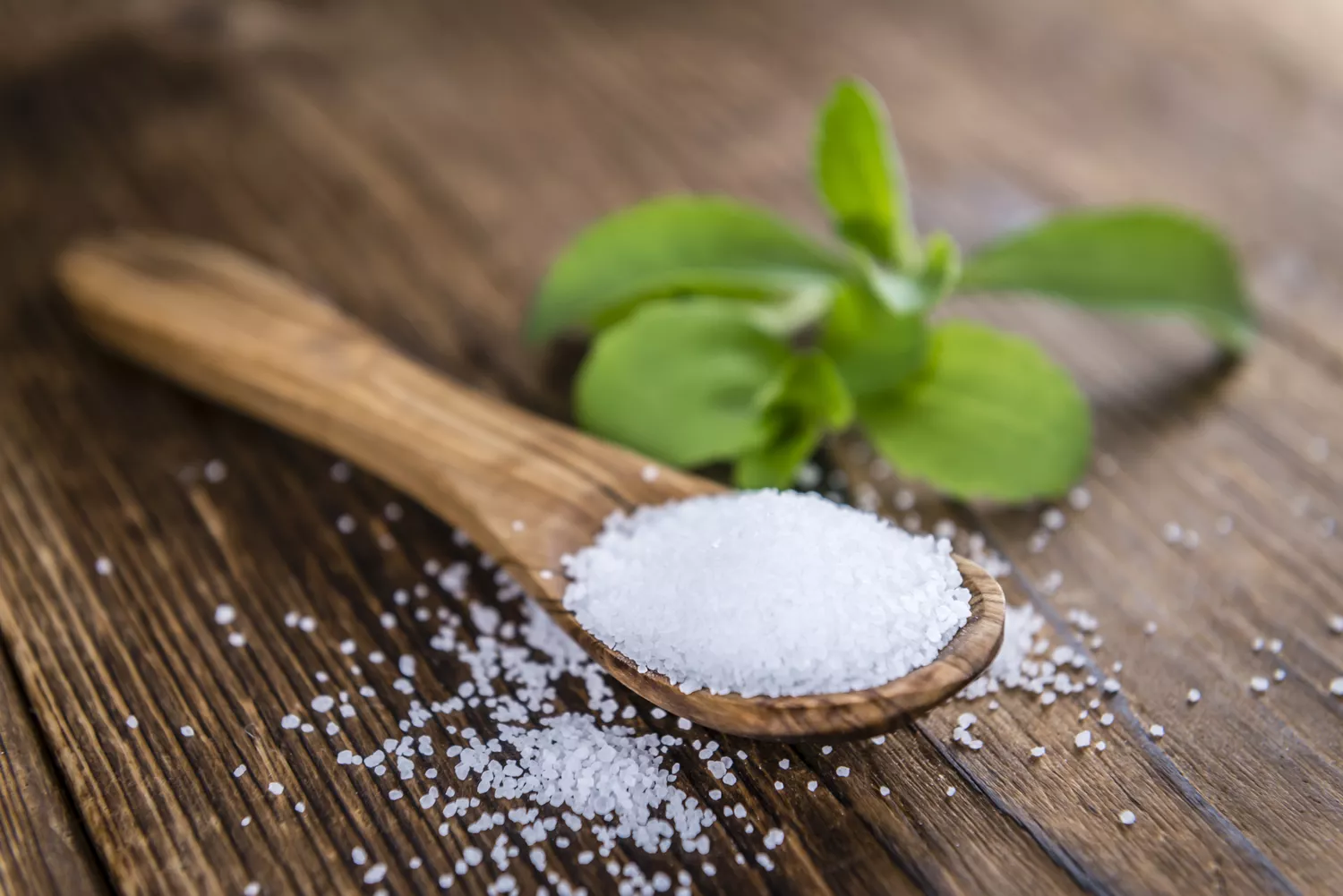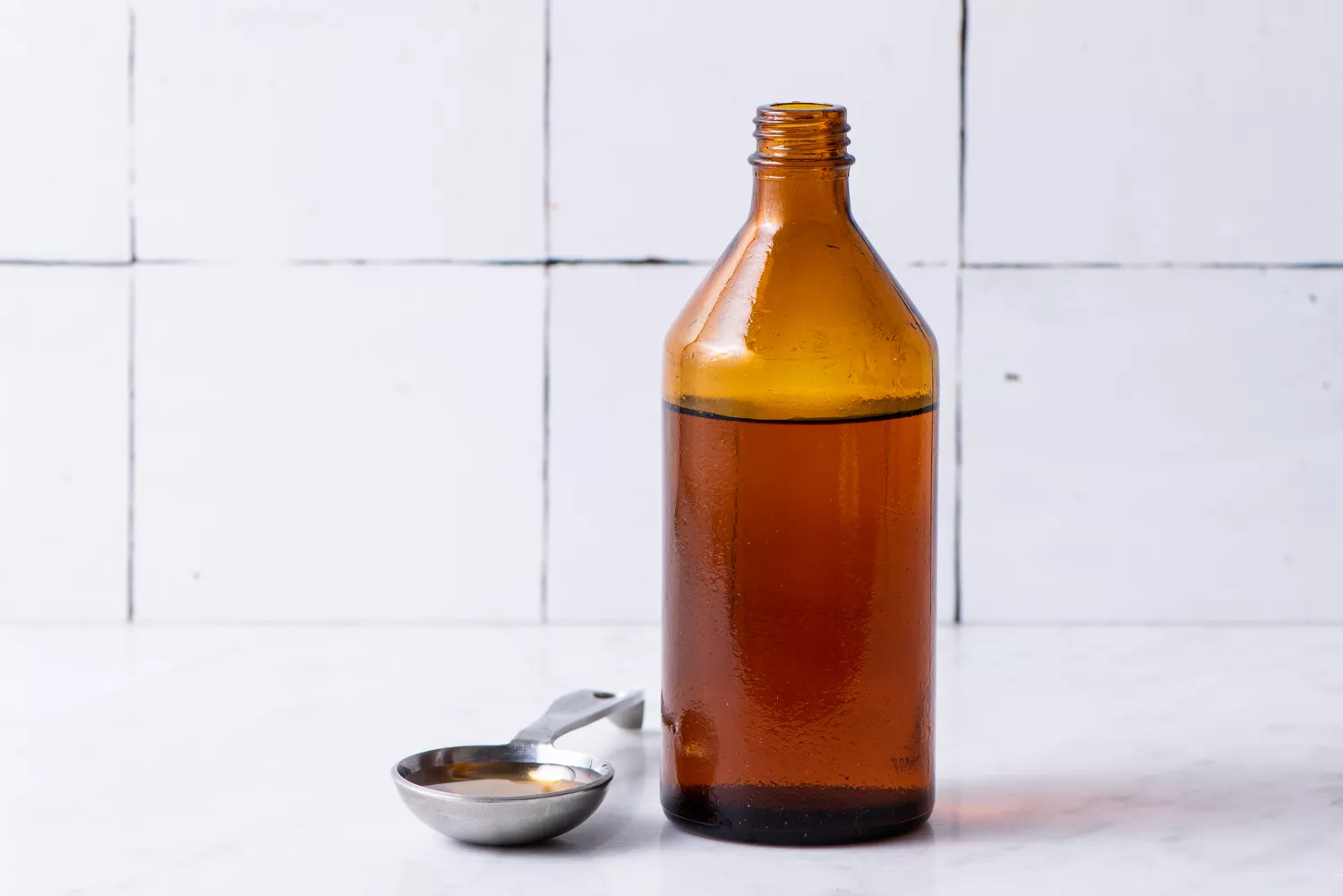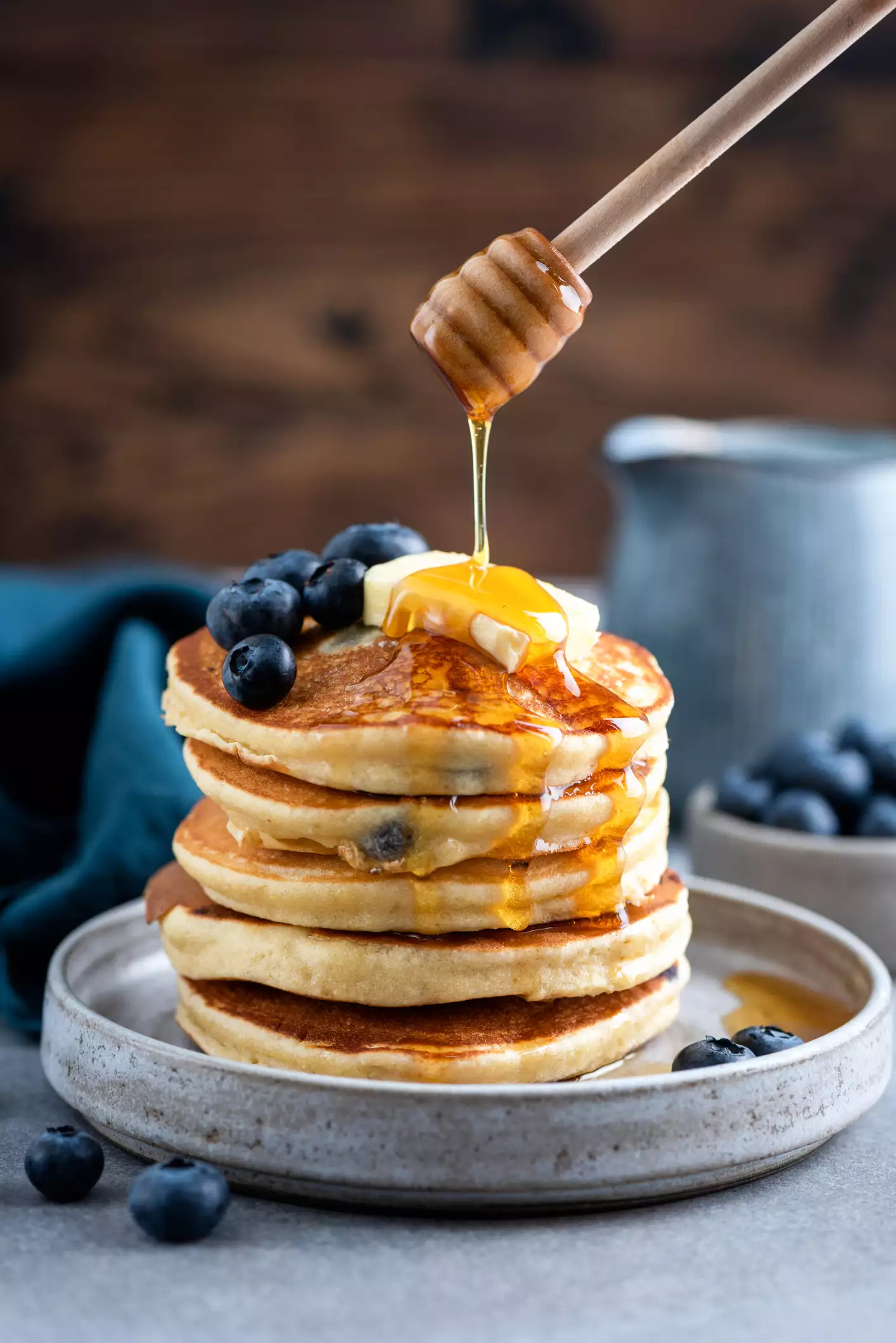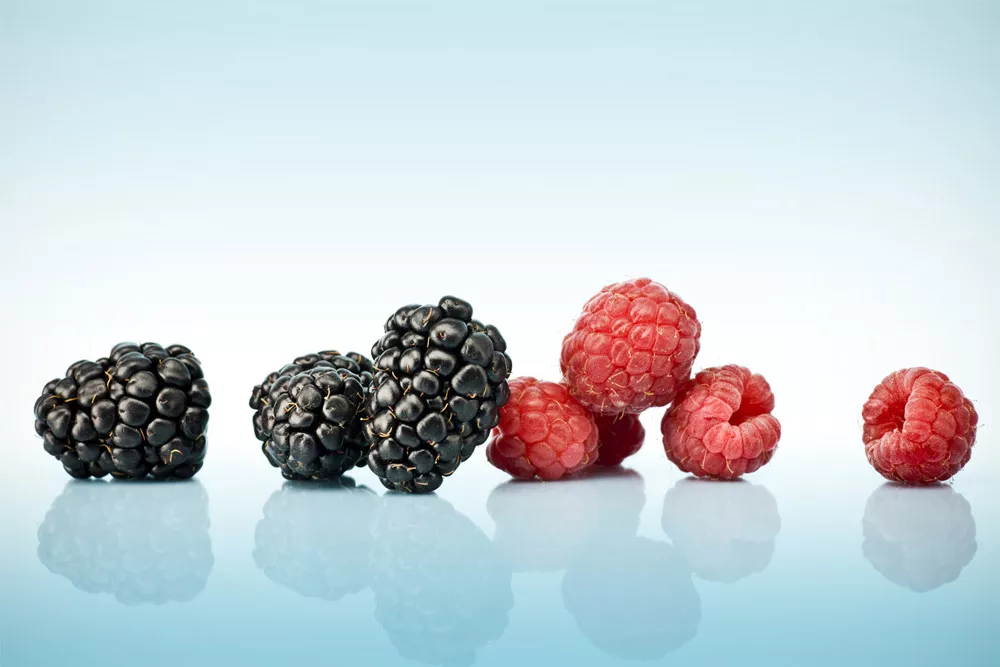Consumers that utilize sugar replacements usually inquire about the contrast of stevia vs Truvia, two widely known options. There are resemblances and differences in between the two. Primarily, Truvia is a brand name that contains stevia.
Keep reviewing for the advantages and disadvantages of these sugar substitutes, with advice from dietitians for the very best sugar option for you.
Truvia
Truvia is the brand name for a sugar replacement launched by the Cargill firm in 2008. At the time, it was the globe’s first extensively readily available plant-based, zero-calorie sugar substitute.1 The product integrates stevia fallen leave extract with erythritol (sugar alcohol) and all-natural tastes.2.
After it was introduced, it came to be the fourth sweetener derived from stevia to gain extensive approval and swiftly obtained popularity in the united state. According to Cargill, it is the number-one leading all-natural sugar replacement offered in retail outlets across the united state 3.
Nutritional Details.
The following nourishment details is for a one-teaspoon serving of Truvia provided by the USDA. It needs to be noted the USDA integrates nutritional information for several stevia-based sweeteners, consisting of Truvia, stevia, Stevia in the Raw, and Pure Via.4 The details below can additionally be validated by looking at the Truvia product label, although the item tag lists a single working as 3/4 teaspoon.5.
Calories: 0.
Fat: 0g.
Sodium: 0mg.
Carbohydrates: 3g.
Sugarcoated: 0g.
Fiber: 0g.
Healthy protein: 0g.
Truvia’s 3 grams of carbs are from erythritol, a sugar alcohol– more especially, a polyol. Polyols are discovered naturally in vegetables and fruits like grapes and mushrooms.6 Erythritol can additionally be produced utilizing a fermentation procedure. The material adds bulk and a sugar-like crystalline appearance and structure to Truvia.
Normally, each gram of carbohydrate supplies 4 calories, however the body does not take in sugar alcohols, so they contribute no calories. Given that the body can not metabolize erythritol, the material does not transform blood glucose or insulin levels.6.
Taste.
A key ingredient in Truvia is stevia– a compound 200 times sweeter than sugar. To stabilize that sweetness, Truvia suppliers add erythritol– understood to enhance the mouth feeling of the sugar, mask unwanted aftertastes such as acidity, and offset an irritant impact.6 The firm adds other all-natural flavors however does not divulge what they are.
Many consumers explain an awesome aftertaste to Truvia that is commonly credited to the erythritol. This sugar replacement is considered among the sugar alternatives with a “good taste.” 7.
In terms of sweetness, one package of Truvia is meant to be as wonderful as 2 teaspoons of sugar (which would supply regarding 30 calories). If you utilize the spoonable jar of Truvia, a tablespoon of sugar would certainly have the comparable sweet taste of about 1 1/4 tablespoons of Truvia. The firm offers a conversion calculator to establish how much sweetener you must utilize to taste your food or use in dishes.
There are couple of released trial run of Truvia. But Consumer News contrasted Truvia to sugar in a study where taste testers discovered Truvia sometimes had a bitter aftertaste and synthetic taste. Some reported a remaining sweetness. However, taste testers liked that the product dissolved like sugar in cereal and had a similar taste and structure to sugar when consumed with fruit.8.
Uses.
Truvia can be made use of in both food preparation and cooking. The business makes a number of selections for various uses. As an example, the packages and spoonable items are used the way you might use table sugar in coffee or sprayed onto fruit or cereal.
The firm likewise makes Sugary food Complete Granulated All-Purpose Sweetener, a Truvia-based, cup-for-cup replacement for sugar in dishes. The product cooks and browns similar to sugar. There is also a zero-calorie brown sugar option that can be used as a cup-for-cup substitute in your favored pleasant recipes. And there are several sugar (erythritol and stevia integrated with sugar) that can be utilized to decrease– yet not remove– calories from sugar in dishes.
Health and wellness Advantages.
Truvia, particularly, has actually not been examined substantially for its health and wellness advantages. Yet the cornerstones– stevia and erythritol– have been studied. Considering that stevia will be discussed in the next section, the health benefits of erythritol will certainly be gone over here.
May Have Anti-Diabetic and Anti-Hyperglycemic Results.
Erythritol is thought to have some anti-diabetic and antihyperglycemic impacts.9 In a published review checking out numerous sweetening agents, research writers write that given that “erythritol does not influence insulin degrees or glucose, it is a proper sugar alternative in diabetic issues individuals, and likewise for individuals who wish or need to control their blood sugar level degrees because of prediabetes or jeopardized carbohydrate metabolic process.” 7.
Might Improve Dental Health.
Proof suggests foods having erythritol may enhance dental health and wellness in adults and children when eaten rather than sugar-containing foods.6 Specifically, it may lower the incidence of tooth decays.7.
May Have Antioxidant Qualities.
Last but not least, research studies recommend that erythritol might have anti-oxidative and endothelium-protective properties and could boost the malabsorption of fructose (fruit sugar).
Security Worries.
Researches show erythritol is not most likely to create adverse effects when consumed as it is meant in food, in appropriate amounts.7 Study suggests the duplicated intake of erythritol in amounts of 1 gram per kilo body weight is well-tolerated.10 The approximated ordinary daily consumption (from all sources– consisting of fruits and vegetables) of erythritol is estimated to be 1.24 grams.11.
Nonetheless, despite the fact that studies recommend erythritol does not impact plasma glucose, insulin focus, or gut microbiota, there is evidence that the sweetener might affect gut health. Nonetheless, the proof is rather inconsistent.
Writers of one research study evaluation show that polyols eaten in moderation can cause shifts in the digestive tract microbiome in healthy individuals. Scientist added that the laxative results of polyols need to be considered when they are taken in by patients with inflammatory bowel disease (IBS).11.
On the various other hand, some researchers who study sugar alcohols and the low-FODMAP diet (commonly complied with by those with cranky digestive tract disorder placed erythritol in a separate group from other polyols. Writers of one report say that “sugar alcohols– with the exception of erythritol– should usually be avoided as part of reduced FODMAPs diet plan.” 10.
Last but not least, one of the Truvia items (Sugary food Full All-Purpose) contains chicory root, a fructan. Fructans take place normally in foods such as artichokes, asparagus, leeks, garlic, and onions. Chicory origin is coarse and functions as a prebiotic in your intestine. It can create gas, bloating, and stomach discomfort in some, particularly those with IBS. It is not advised for people complying with a low-FODMAP diet.
Advantages and disadvantages.
Pros.
Organic, non-GMO, gluten-free.
Vegan and vegetarian-friendly.
Gives sweet taste with no calories.
Has a preference and texture similar to sugar.
Disadvantages.
A lot more costly than sugar.
May trigger gastrointestinal problems.
Some state the taste is upseting.
Pros.
Truvia is a functional product that is organic, non-GMO, and gluten-free. It contains no animal byproducts so it is certified with vegan and vegetarian diet plans. Because it can be used just like sugar it makes a fantastic substitute for those wishing to reduce sugar calories from their food and dishes.
While some people report an aftertaste, this sugar is usually suggested as the sugar choice that ideal matches the preference and structure of genuine sugar. The air conditioning aftertaste that some experience is in some cases thought about preferable because it soften the lingering sweet taste that the sugar different gives.
Disadvantages.
Sugar options can be expensive, and Truvia is no exemption. If you get on a budget plan, the cost of the sweetener can be a disadvantage. Nonetheless, Truvia is not always a lot more costly than other sugar options.
Likewise, just like many various other sugar choices, some experience an upseting aftertaste with erythritol. While some like the cooling result, others do not. Even though studies recommend erythritol has less stomach adverse effects, some still report troubles as kept in mind by dietitian remarks listed below.
Stevia.
Stevia is not a brand however a generic term for a sugar choice made from the stevia plant (S rebaudiana Bertoni), which is native to South America. Stevia fallen leave essence is made by steeping fallen leaves of the stevia plant to draw out the sweet substances from the leaf product.12 Stevia is thought about a “all-natural” sweetener due to the fact that it is originated from a plant.
Stevia has actually been utilized as a sugar for centuries. Today, only high-purity stevia essences having 95% or better steviol glycosides are approved by major regulatory agencies, including the Joint Food and Agriculture Organization/World Health And Wellness Company (THAT) Expert Board on Food Additives and Codex Alimentarius (Codex) for use in foods and drinks.12.
You’ll locate many brand names of stevia-based sweeteners on grocery store racks, specifically in the baking aisle near sugar and various other sugar options. Some products consist of only stevia, and some other ingredients (like Truvia).
Nutritional Information.
As mentioned previously, the USDA combines nutritional details for numerous stevia-based sugar, including Truvia, stevia, Stevia in the Raw, and Pure Via.4 They additionally provide a tradition listing especially for stevia. The adhering to details is provided for a one-packet (1 gram) offering of stevia remove.13.
Calories: 0.
Fat: 0g.
Sodium: 0mg.
Carbohydrates: 1g.
Sugarcoated: 0g.
Fiber: 0g.
Healthy protein: 0g.
If you consider the dietary details for stevia, at first look it could appear like it provides less carbs than Truvia. Yet actually, the number is just various due to the fact that the serving size given by the USDA is different. The nutritional details provided by the USDA for Truvia is for a one-teaspoon offering which is about 3 grams. The offering dimension above is for a one-packet offering, which is one gram. So the carb matter for both stevia and Truvia is the same.
Taste.
The level of sweetness of stevia will certainly depend partly on the item that you acquire. Detoxified stevia fallen leave removes can include one steviol glycoside or several various glycosides, which can be up to 250 to 300 times sweeter than sucrose.12 But each brand name could have a different solution. Stevia In the Raw, for example, states that one of their packets has the sweetness matching of two tsps of table sugar.
The taste and structure of your stevia may also depend on the brand name you get. For instance, Stevia In the Raw is a brand that sells stevia in packages and stevia for baking. In the package sugar, they include dextrose– a carb made from corn. The dextrose doesn’t affect the preference whatsoever however it affects the appearance. Dextrose thins down the stevia leaf essence to make it quantifiable for customers.14.
In the Raw’s Bakers Bag has stevia and maltodextrin, another carb stemmed from corn. Once again, maltodextrin does not affect the taste yet offers it a measurable uniformity. Consumers can use it as a “cup-for-cup” sugar replacement.14.
Uses.
Like Truvia, you can utilize stevia like you would make use of sugar in coffee, cereal, or sprayed on fruit or various other foods. There are additionally stevia items you can utilize for cooking.
Nevertheless, when baking with stevia, numerous cooking experts recommend you start by changing fifty percent of the sugar with stevia to get the ideal volume and texture. Then you can experiment by including less sugar and even more stevia if you choose to decrease the sugar better. Inspect your stevia brand name’s web site for a conversion graph applicable to their product.
It ought to be noted that stevia breaks down in temperature levels above 400 levels. So when baking with stevia (or Truvia which has stevia) you’ll want to choose dishes that make use of a stove temperature level lower than that.
In addition, depending upon exactly how you balance the sugar/stevia ratio, you may require to make use of a substitute in some recipes to change quantity. Some individuals utilize fluids such as yogurt, applesauce, pumpkin, or egg whites. If you utilize a stevia product with a bulking agent like maltodextrin you might not need the extra fluid.
Health and wellness Conveniences.
May Be Beneficial for Glucose and Insulin Feedback.
Like other absolutely no- or no-calorie sugar, you’ll be able to reduce calories and decrease your sugar consumption when you make use of stevia instead of sugar. For some, such as those attempting to drop weight, this may be valuable. For instance, one research study by the American Diabetic issues Association investigated just how stevia may impact the glycemic and insulin action in individuals with weight problems.15.
Samakkarnthai P, Payanundana M, Sathavarodom N, Siriwan C, Boonyavarakul A. Impact of stevia on glycemic and insulin actions in overweight patients– a randomized, double-blind, placebo-controlled crossover research study. Diabetes mellitus. 2018; 67( Supplement 1):790- P. doi:10.2337/ db18-790-P.

For the research study, each participant took either 200mg of stevia or a placebo (both in tablet kind). Sixty mins after consuming the material, blood samples were gotten to evaluate for glucose and insulin reaction. Scientists located that stevia did not influence acute glycemic and insulin reactions contrasted to placebo, but they additionally noted that more considerable research studies of longer duration need to be conducted. It’s additionally vital to keep in mind that just 20 people were involved in the research and study individuals were checked two times.
There has actually been at the very least another current research study review that located a comparable connection between stevia intake and glycemic and insulin response.16.
May Prevent Tooth Decay.
Study recommends eating stevia as opposed to sugar might assist protect against dental cavities.
May Improve Blood Pressure.
Stevia intake has actually also been investigated for its effect on blood pressure. A number of researches have actually been conducted but outcomes have actually been irregular and lot of times the objective of the study was to examine stevia safety. More studies need to be conducted to figure out if consuming stevia can have any blood-pressure-lowering impact.16.
Security Problems.
Stevia has a “Usually Acknowledged as Safe” (GRAS) status in the USA. According to the U.S. Fda, the Acceptable Daily Intake (ADI) of stevia with ≥ 95% pure glycosides is 4 milligrams per kilogram of body weight daily. That quantity amounts around 9 stevia packages.17.
Unlike Truvia, pure stevia does not consist of a polyol like erythritol. There are fewer problems concerning gastrointestinal problems with stevia and researches keeping in mind a connection are lacking.16 Nonetheless, if you have IBS, it’s important to consider this when shopping for products sweetened with sugar choices, such as protein powders for males.
The American Academy of Bronchial Asthma, Allergy, and Immunology reports uncommon situations of possible stevia allergy. They suggest skin examinations might be performed if you think an allergy.18.
Advantages and disadvantages.
Pros.
Supplies sweet taste with zero calories.
Vegan and vegetarian-friendly.
Better for the atmosphere.
Gluten-free, non-GMO.
Disadvantages.
More costly than sugar.
Not all products are pure stevia.
May be tougher to cook with.
Pros.
Like Truvia, stevia offers sweet taste without sugar or calories. It can be found in different forms (liquid and powdered forms), so it can be ideal for various usages. Pure stevia is completely plant-based, so it is also compliant with vegan and vegan diet plans. Lots of products are gluten-free and non-GMO, although you need to constantly check the bundle to make sure.
According to one record, stevia needs much less water and energy to create compared with other sugar. The writers create that “A carbon and water footprint assessment from one of the biggest stevia producers, using sweetness equivalence for comparison, located an 82% decrease in carbon footprint for stevia compared with beet sugar and a 64% decrease compared with cane sugar.” 12.
Cons.
Like Truvia, you’ll pay even more for a lot of stevia products than for sugar.
Another issue is that if stevia is your sweetener of selection, you’ll have to read tags thoroughly to make sure stevia is the only sugar in the product you select. A number of brand names utilize words “stevia” on the tag yet consist of other sugar in the product. If you are seeking pure stevia, always review the components listing to make sure.
Last but not least, you’ll need to do some experimenting when you begin cooking with stevia. However this is no different than utilizing other sugar (even Truvia). Also, there are some stevia items created simply for dishes that make cooking with the sugar easier.
Truvia vs. Stevia: Dietitians Compare.
Truvia and stevia are so closely associated that it can be difficult to compare the two. However these dietitians weighed in and supplied their preferences and stevia was the clear victor.
Julie Harris, RDN, LDN, CPT.
Julie Harris, RDN, LDN, CPT develops dishes and dietary content for sites such as AngryBBQ.com. She additionally acts as a writer and customer for various other magazines and volunteers on the Testimonial Board for The Certification Council for Education in Nourishment and Dietetics. Her go-to sugar is stevia.
” My personal viewpoint in between the two is to choose stevia. Stevia removes are a lot less refined than Truvia and the trick is to seek products that are 100% pure stevia extract. The tricky thing about stevia is that it is more costly than Truvia and walking stick sugar. My recommendation is to use stevia when you intend to decrease the sugar web content in cooking or preparing because you can use much less stevia than you would certainly sugar.”.
Dr. Heather Finley, MS, DCN, RDN, CEDRD-S.
Dr. Heather Finley is a signed up dietitian with a doctorate in medical nourishment that concentrates on gut wellness. She is the founder of Nourish Functional Wellness, a business that provides nutritional and lifestyle training to customers looking for relief from gut and state of mind issues. She also prefers stevia over Truvia.
” I choose to make use of stevia rather than Truvia. Although Truvia consists of stevia fallen leave, it additionally includes chicory origin and erythritol. For me, and a number of the individuals I collaborate with, sugar alcohols (like erythritol) can cause undesirable gastrointestinal (GI) side effects. Chicory root, although excellent for the gut and a prebiotic fiber, commonly can create unwanted GI signs in lots of people too.
When baking or sweetening things, I prefer to use simply pure stevia to accomplish the sweetness I am trying to find, however without the GI side effects like gas, bloating, or adjustments in bowel practices.”.
Lauren Minchen, MPH, RDN, CDN.
Lauren Minchen, MPH, RDN, CDN is the owner of Lauren Minchen Nutrition and a nourishment consultant for Freshbit, an AI-driven visual diet plan journal app. Like the others, Lauren also chooses stevia and includes it in her daily diet plan.
” I like to utilize Stevia in my green tea, smoothie mixes, and baked items for an all-natural sweetener option. While both stevia and Truvia are great choices, I favor stevia to Truvia since it does not have any blends with other sweeteners, like brown sugar or erythritol. Brownish sugar can add calories and spike blood sugar level, while erythritol can aggravate digestion and create gas and bloating for some that utilize it.”.
Kristin Gillespie, MS, RD, LD, CNSC.
Kristin Gillespie is a registered dietitian and full time licensed nourishment support clinician in Virginia Coastline, VA. Kristin’s thoughts on the stevia vs Truvia dispute are in line with those of the various other registered dietitians and she selects to utilize stevia in her eating plan.
” I make use of Stevia in my own diet over every one of the other sugar, consisting of Truvia. Stevia and Truvia are extremely comparable regarding sweeteners go. Both come from the stevia plant, however Truvia is a bit a lot more processed and has additional active ingredients including erythritol and natural sweeteners. Or else, there are marginal distinctions; both items are calorie-free and do not create tooth decay seen with various other sweeteners. They can additionally both be utilized in cooking, where other sugar can not.”.


